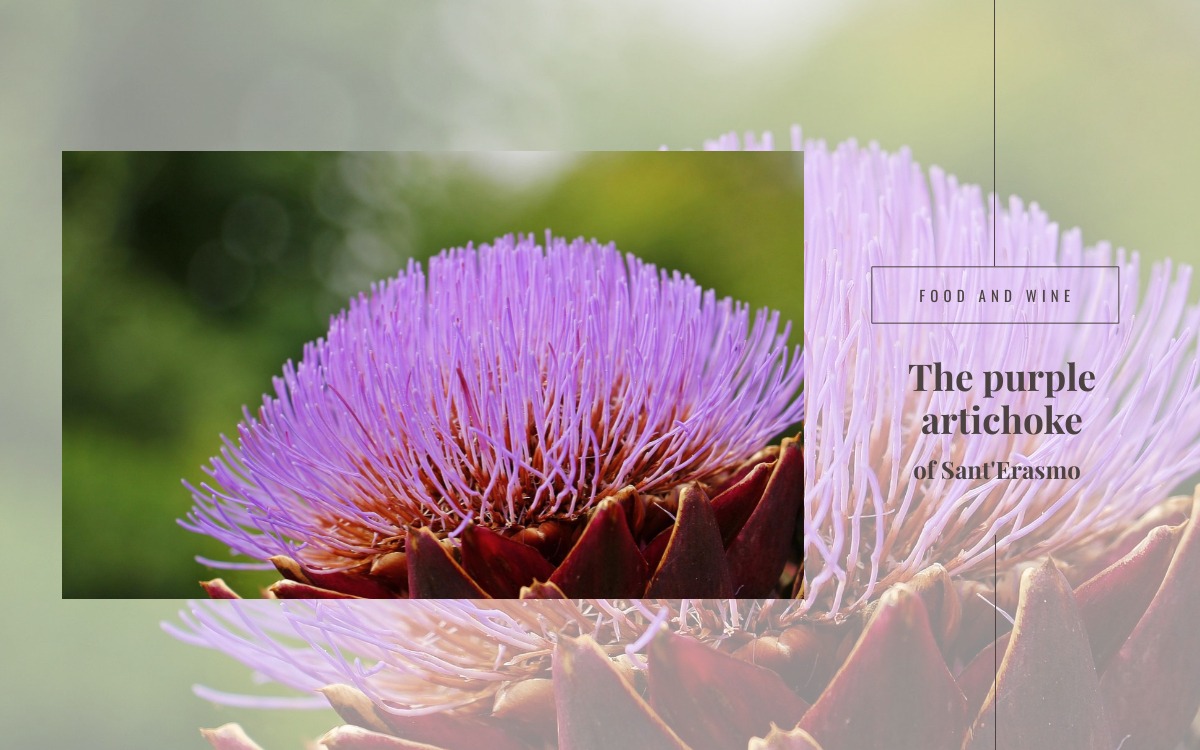Among the gastronomic peculiarities of the Veneto region, pride of place is reserved for the purple artichoke of Sant’Erasmo.
The vegetable, which belongs to the livornese purple variety, owes its specific characteristics to the clay-rich soil with high salinity and the microclimate typical of the Venetian lagoon.
The vegetable is produced not only on this island, but also in Vignole and Mazzorbo, in the Cavallino-Treporti area, in some areas of the municipality of Chioggia and in the lagoon estuary area.
An ancient story
Our story’s protagonist was introduced into the city’s cuisine thanks to the Jewish community and has been living for centuries on the island of Sant’Erasmo, an area that has been dedicated to the cultivation of vegetables since the sixteenth century.
In the Italian peninsula, the artichoke has certainly been cultivated since the fifteenth century, initially in Naples before expanding into Tuscany and other areas with a mild climate.
In Venice in particular, the news of the existence of this crop is attested by the nineteenth-century records of the Austrian land registry.
But how does the artichoke of Sant’Erasmo differ from the rest?
Painstaking processing
Obviously the most evident feature of our vegetable is its intense purple colour. Depending on the different harvest periods, the flower heads produced by the same plant in the same year are called by different names in the local dialect: “castraura“, “botoi“, “sotobotoi” and “massette“.
The production cycle lasts about 90 days, from the first days of April to June, but in the preceding months, constant maintenance is required for cultivation of the vegetable. In fact, in autumn, the individual plants are earthed up, before eliminating the soil in the spring.
It takes constant work to produce this delicacy with a sweetly bitter taste that can be enjoyed in different forms: baked, grilled, boiled, in oil or with a vinaigrette… there are no limits to its use!
To discover Venice and other gastronomic specialties of Veneto, continue reading our articles in the Venice Box blog.




